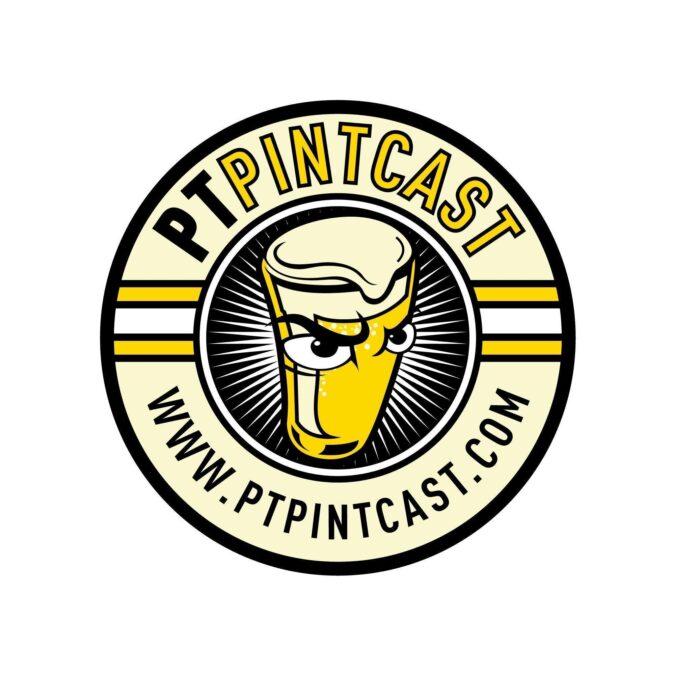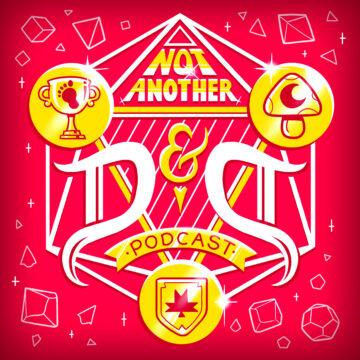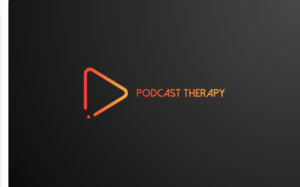Tune in to this riveting episode of PT Pintcast with your host Jimmy McKayand returning guest, Sharif Zeid of MW Therapy. Today’s topic covers a crucial, yet often overlooked aspect of physical therapy practice—Financial Health. We’re discussing six cost-free, actionable strategies you can implement immediately to up your financial game.
Key Takeaways:
- Idea #1: Implement a Key Performance Indicator (KPI) Dashboard
- The Idea: Create a visual dashboard to display crucial financial and operational metrics.
- Why It Works:Data-Driven Decisions: Real-time metrics guide better decision-making.
- Focus on Priorities: Metrics help keep your team aligned to your practice’s objectives.
- Background: Free tools like Google Data Studio can make this happen effortlessly.
- Idea #2: Conduct a Financial Audit of Your Practice
- The Idea: Review all income and expenses to discover inefficiencies and potential savings.
- Why It Works:Identify Leaks: Uncover unnecessary spending and tighten up your budget.
- Financial Health: Improve your practice’s overall financial performance.
- Background: A self-assessment helps streamline your operations and allocate resources more efficiently.
- Idea #3: Establish a Financial Training Session for Your Team
- The Idea: Hold a one-hour session to educate your team on basic financial terms and practice-specific goals.
- Why It Works:Team Alignment: Ensure everyone is on the same page regarding financial targets.
- Financial Literacy: Equip your team with the knowledge to make financially responsible decisions.
- Background: Educated staff contribute to a healthier bottom line.
- Idea #4: Implement a ‘Zero-Based Budgeting’ Approach for a Month
- The Idea: Start each month with a zero budget, allocating only to essential expenses.
- Why It Works:Resource Optimization: Forces you to scrutinize each line item, ensuring you get the most from your budget.
- Expense Tracking: Gain a clearer understanding of your spending habits.
- Background: This method provides unparalleled insights into your spending patterns, allowing for future optimizations.









